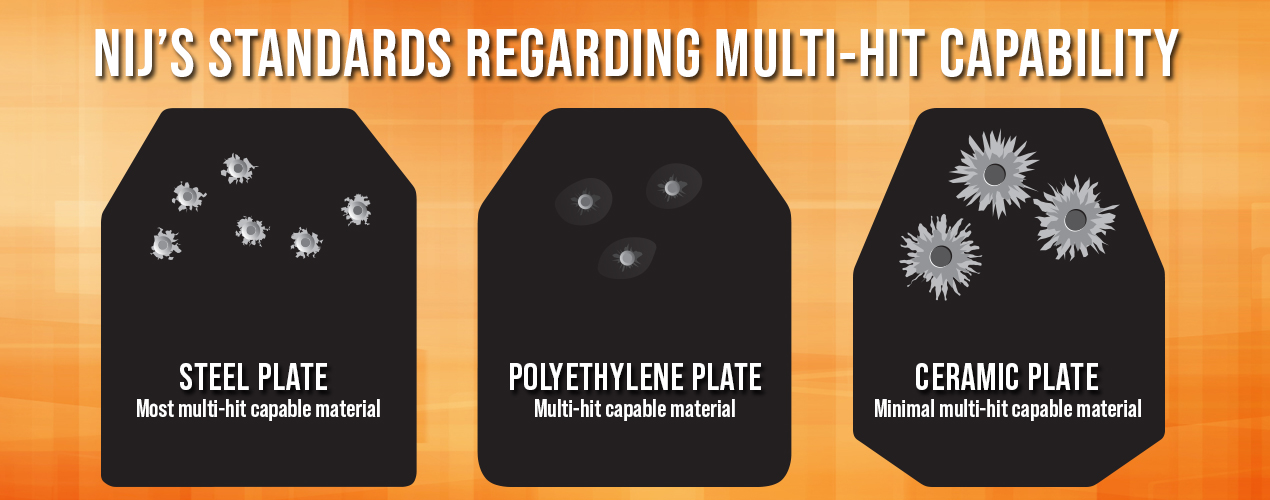The NIJ’s Standards Regarding Multi-Hit Capability
In the heat of a gunfight, neither side is likely to be very careful about their shot placement. Rather, they’re more likely to first engage with a quickly emptied magazine; tensions are as high as they can be, and the goal is to stop the target in as little time as possible. One story tells of a heroic police officer who discharged 33 rounds before neutralizing his assailant. The combatant, in turn, had fired 21 shots at the officer. The time? A mere 56 seconds. A lot of bullets fly in a gunfight.
With that said, while many of these shots are likely to miss, many others are likely to hit. And when they do, you’ll want to make sure your armor can take those hits. That leads us to today’s question:
What does NIJ (National Institute of Justice) certification have to say about a piece of armor’s multi-hit capabilities?

This article will address that question in more detail, showing how many shots it requires and where those shots are supposed to land. As we’ll find, the NIJ has a semblance of multi-hit testing, but not to the extent you might want in your plate.
The NIJ 0101.06 standard requires a plate must withstand 24 shots, but in carefully placed locations: Locations designed to be far away enough from each other that they don’t interfere with each other area’s performance. The standard says in section 7.6.2, “The minimum shot-to-shot distance shall be 51 mm (2.0 in).” And as we’ll cover in the next article, the shots must also be two inches away from any edge for similar reasons.
This has an important implication: The NIJ does not require a plate of armor to stop a bullet that strikes within two inches of the previous hit. Such would be outside the protocol. It does require some amount of multi-hit protection, but only insofar as those multiple hits don’t genuinely affect each other in any significant way.
This protocol’s lack of significant multi-hit testing means that there is no standard comparison of those capabilities across. This is one example of many where the NIJ’s standard, although quite useful for what it does tell you about a plate, is insufficient as an informant of what armor is best for you.
With that said, the three main hard armor materials are made to deal with bullets differently and so cope with multiple shots with differing amounts of success:
- Ceramic is made to shatter when it gets hit (a design that increases its stopping power), with an area of up to three inches around a bullet’s impact, becoming vulnerable to perforation upon a second impact.
- Polyethylene is designed to capture a bullet within itself, which makes it more multi-hit capable than ceramic. However, multiple hits still may significantly increase backface deformation and increase the likelihood of the plate parts delaminating.
- Steel is designed to make incoming bullets shatter and flatten on impact. This makes it both the most multi-hit capable and the most resistant to backface deformation. And as it is made from one material, it is not at risk of coming apart upon getting shot multiple times.
If you’re looking for maximum protection in gunfights where your assailant will be firing many bullets at you, the steel may be best suited for you. Polyethylene is also a good multi-hit contender, and worth your consideration as well. Ceramic is undoubtedly good at what it does, being able to stop more powerful threats than steel or polyethylene, but taking multiple shots in close proximity is not its strong suit.
Next Read: The NIJ's Standards Regarding Fragmentation
